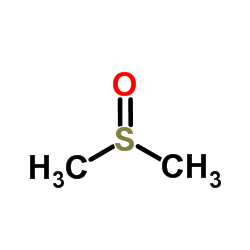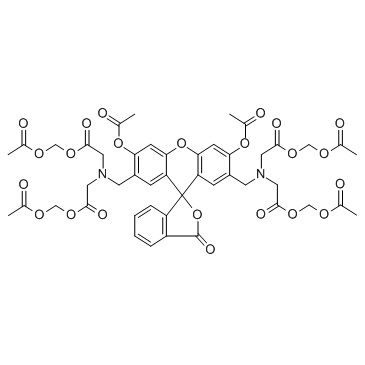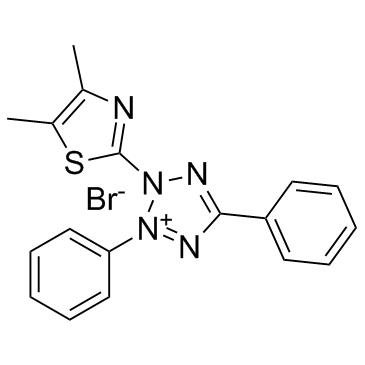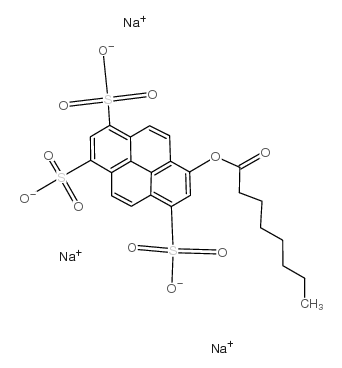Scientific reports
2015-01-01
Anti-angiogenesis therapy and gap junction inhibition reduce MDA-MB-231 breast cancer cell invasion and metastasis in vitro and in vivo.
Kazem Zibara, Zahraa Awada, Leila Dib, Jamal El-Saghir, Sara Al-Ghadban, Aida Ibrik, Nabil El-Zein, Marwan El-Sabban
Index: Sci. Rep. 5 , 12598, (2015)
Full Text: HTML
Abstract
Cancer cells secrete VEGF, which plays a key role in their growth, invasion, extravasation and metastasis. Direct cancer cell-endothelial cell interaction, mediated by gap junctions, is of critical importance in the extravasation process. In this study, we evaluated avastin (Av), an anti-VEGF antibody; and oleamide (OL), a gap junction inhibitor, using MDA-MB-231 human breast cancer cells in vitro and a xenograft murine model in vivo. Results showed that Av/OL significantly decreased proliferation, induced cell cycle arrest and decreased migration and invasion of MDA-MB-231 cells in vitro. In addition, Av/OL significantly decreased homo and hetero-cellular communication interaction between MDA-MDA and MDA-endothelial cells, respectively. The expression levels of several factors including VEGF, HIF1α, CXCR4, Cx26, Cx43, and MMP9 were attenuated upon Av/OL treatment in vitro. On the other hand, avastin, but not oleamide, reduced tumor size of NSG mice injected subdermally (s.d.) with MDA-MB-231 cells, which was also associated with increased survival. Furthermore, Av but also OL, separately, significantly increased the survival rate, and reduced pulmonary and hepatic metastatic foci, of intravenously (i.v.) injected mice. Finally, OL reduced MMP9 protein expression levels, better than Av and in comparisons to control, in the lungs of MDA-MB-231 i.v. injected NSG mice. In conclusion, while avastin has anti-angiogenic, anti-tumor and anti-metastatic activities, oleamide has anti-metastatic activity, presumably at the extravasation level, providing further evidence for the role of gap junction intercellular communication (GJIC) in cancer cell extravasation.




